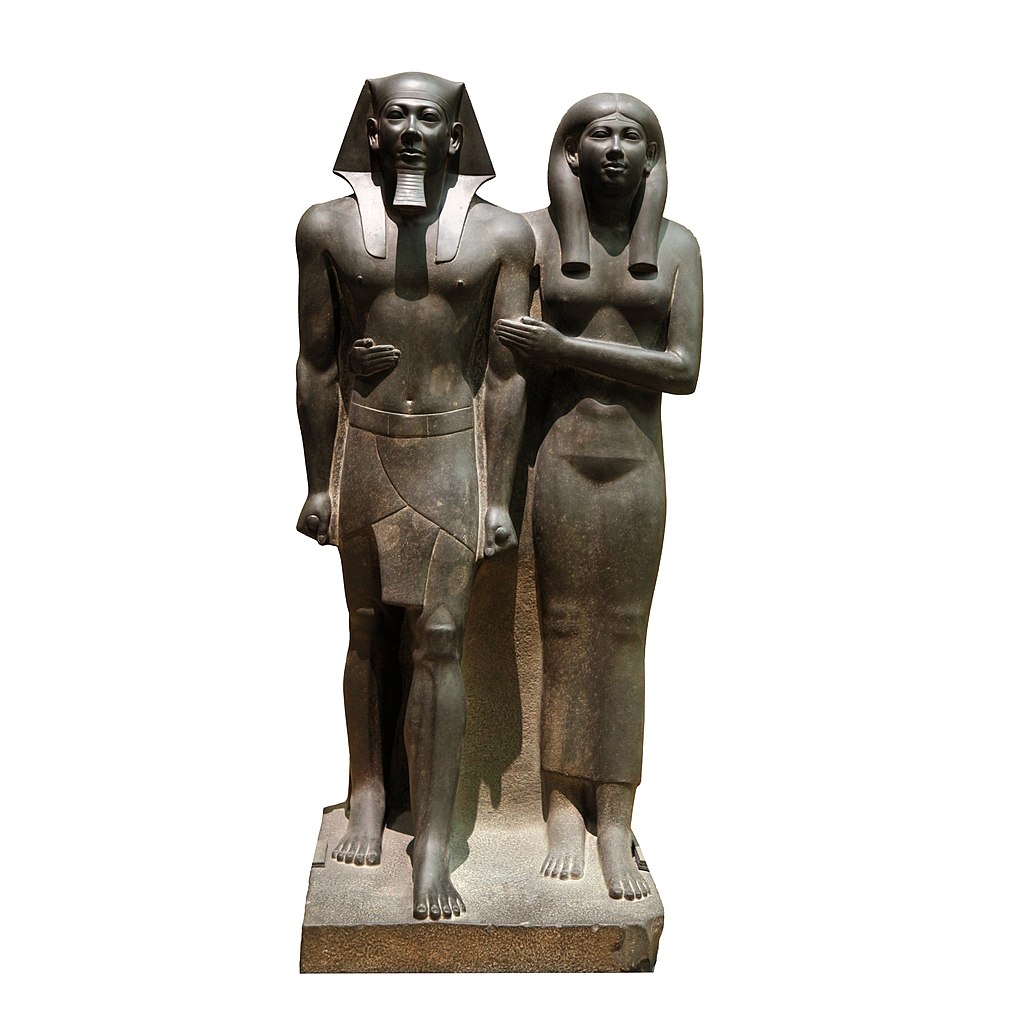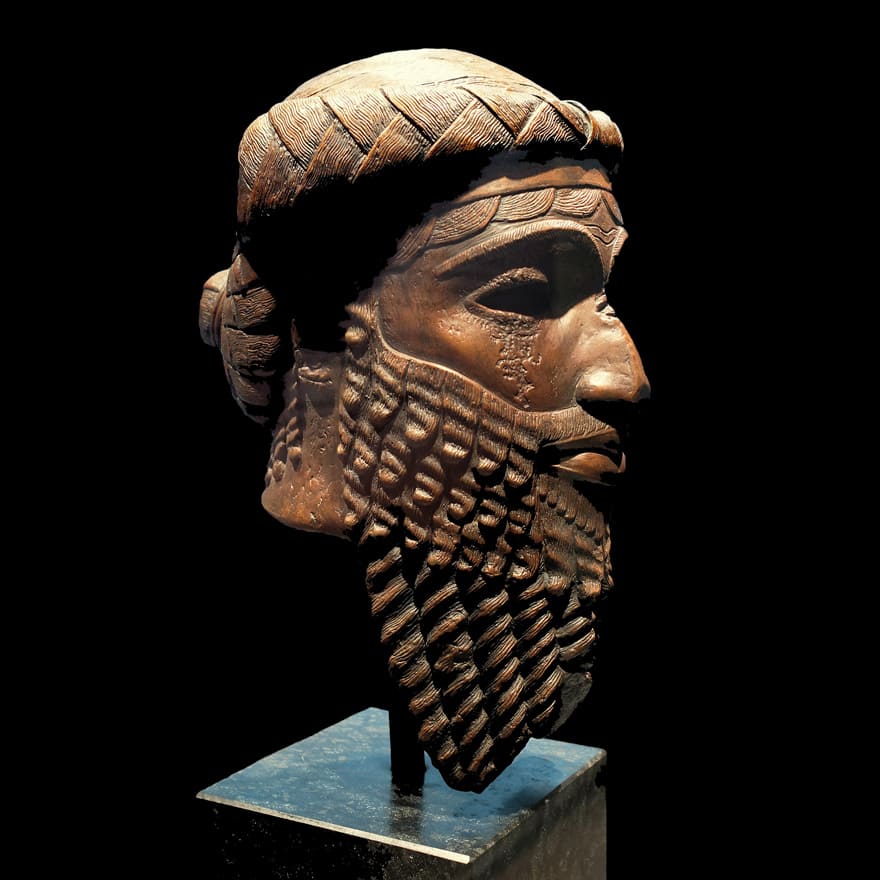2700 BC – 1300 BC
Aegean art features three cultures pre-Greek civilization: Cycladic, Minoan and Mycenaean (the first to speak the Greek language). Due to the similarities of these cultures, they are classified as Cretans. The art was created on the island of Crete in the Aegean during the Bronze Age prior to the rise of ancient Greek art. The Aegean civilization had contacts with Egypt and Mesopotamia; however the culture of Cretans reflects a different attitude towards life. The attitude is displayed in their artwork; there is a complete absence of violence and warfare in comparison to the Egyptian and Mesopotamian art.
Aegean sculptors created small sculptures; large sculptures only became more common in Europe under the ancient Greeks, who were inspired by the sculptures created by Egyptians and Mesopotamians.
Cycladic female figure sculpture

Cycladic sculptors produced their artwork by Neolithic techniques using marble; this material originated from the island of Cyclades, and was readily available. The foremost Aegean sculptures are the highly stylized Cycladic figures, generally a nude female, rendered with simplicity. The majority of the figures have a strange expressionless face, triangular noses, small breasts and arms tightly crossed beneath. A human body transformed into geometric shapes with smooth contours. Thousands of Cycladic figures have been discovered on the island of Cyclades, often in graves, however impossible to tell if they were placed in graves as companions to the dead or if they were cult figures. (Cycladic female figure, marble, height 37.1cm, 2700–2600 B.C. Metropolitan Museum of Art, New York)
Minoan Snake Goddess sculpture

Minoans mainly sculpted in clay, bronze, stone and ivory. Due to the lack of artistic restrictions imposed by a dominant priest class, the Cretans were not focused on building religious places of worship or monumental religious sculpture; they did call upon for help from the fertility deities. In Crete the main deity or priestess was the Snake Goddess, the figure illustrates a bare-breasted goddess holding snakes in her hand (snake is symbolized with renewal of life), wearing a tiara with an imitation of a panther (panther is symbolized with earth) and dressed in Minoan fashion (tight bodice that left the breasts bare, long skirt and an apron). The small-sized figure of 22.9cm is made of glittering glassy substance produced by firing a mixture of sand and clay, also called faience by archaeologists. (Minoan Snake Goddess, ivory and gold, height 22.9cm, c.1500 B.C. Museum of Fine Arts, Boston)
Lion Gate of Mycenae sculpture

The most imposing sculpture to survive is the limestone Lion Gate at Mycenae, the main entrance to the citadel Mycenae in ancient Greece. The two headless creatures posed on either side of a pillar are described as lions, however they may well have been sphinxes with human or bird heads. The precise significance of the carving on the sculpture is unknown and remains a mystery. The Lion Gate has a height of 295cm and a width of 310cm. (Lion Gate, Mycenae, 1350-1300 B.C.)


